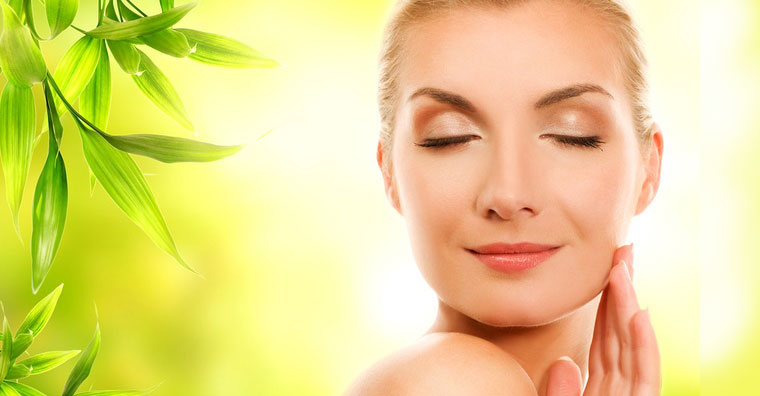
What you may not know about Sunscreen
In 2011, the U.S. Food and Drug Administration (FDA) revamped labeling requirements for sunscreen manufacturers. The FDA made changes as to how sunscreens are marketed in the United States as part of the Agency’s ongoing efforts to ensure that sunscreens meet modern-day standards for safety and effectiveness and to help consumers have the information they need so they can choose the right sun protection for themselves and their families.
The two big changes came from this revamp are first, sunscreens must now have an SPF of 15 or higher, and they must protect against both UVA and UVB radiation in order to be labeled “broad spectrum.” It also must state, “helps prevent sunburn” and “if used as directed with other sun protection measures, decreases the risk of skin cancer and early skin aging caused by the sun.” Only products labeled with both “Broad Spectrum” and SPF 15 or higher have been shown to provide all these benefits.
Consumers should also be aware that no sunscreen is “waterproof”. All sunscreens eventually wash off. Sunscreens can only be labeled as “water resistant” if they are tested according to the required SPF test procedure. Sunscreens labeled “water resistant” are also required to state whether the sunscreen remains effective for 40 minutes or 80 minutes when swimming or sweating, and all sunscreens will be required to provide directions on when to reapply.
As a leading day spa and centre for facial treatments in Orlando, FL Sanctuary would like to offer some important SPF and Sun Exposure Facts and Misconceptions for you to consider before your next trip outdoors:
- All products that claim Broad Spectrum SPF protections are regulated as sunscreen products. Therefore, this applies to cosmetics, as well as moisturizers labeled with SPF value.
- Limit time in the sun, especially between the hours of 10 am and 2 pm when the sun’s rays are the strongest.
- everywhere! Apply sunscreen to the back of the neck, ears, feet and top of the head! This includes applying lip balm with an SPF of 15-30.
- Wear a hat with a wide brim!
- Wear sunglasses that have the ability to absorb 99-100% of UVA and UVB light. Protecting your eyes will help with fatigue, headaches and reduces the risk of eye cancer.
- Health conditions and prescription medications may make you more sensitive to the sun. Be sure to avoid products and medications that make you more sensitive to sunburn. All prescription medications should have a warning label if they are “photo-sensitive”.
- The higher the SPF, the longer the protection. FALSE: SPF higher than 50 provide only 2% more protection than an SPF 25-30, which provides 97-98% protection against UVB rays.
- Sunscreen alone provides sufficient protection. FALSE: It is important to protect yourself in addition to sunscreen, as indicated above. Did you know that manufacturers now make clothing made of protective fabric with an ultraviolet protection factor (UPF) of 15-50+ that when used with sunscreen provides additional protection?
- You do not need sunscreen on cloudy days! FALSE: Clouds do not protect! 80% of the sun’s UV rays pass through the clouds. Application and reapplication of sunscreen should remain the same regardless if it is a sunny or cloudy day.
Remember sun protection does not stop at the end of summer! Especially in Florida!!


0 comment